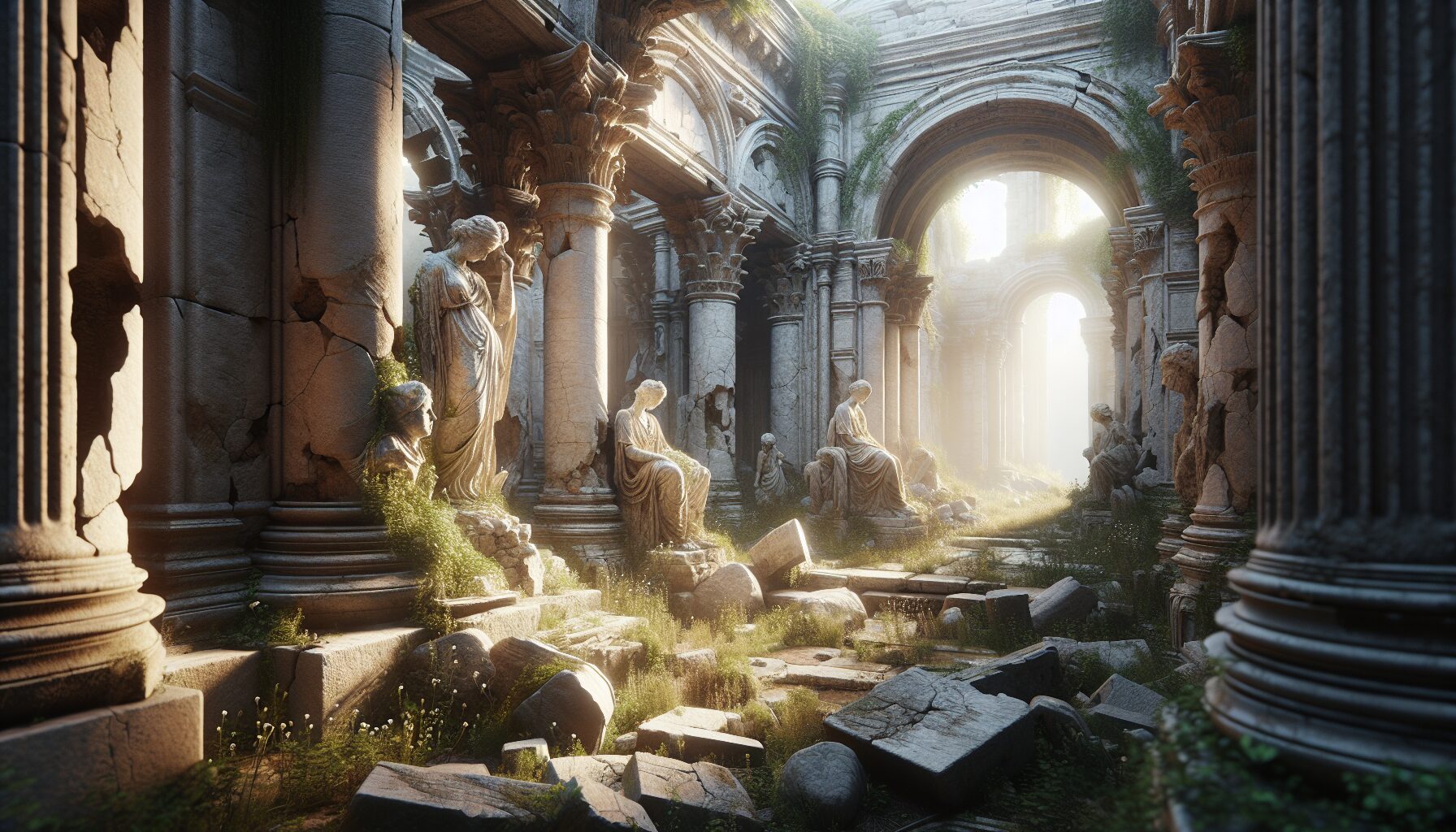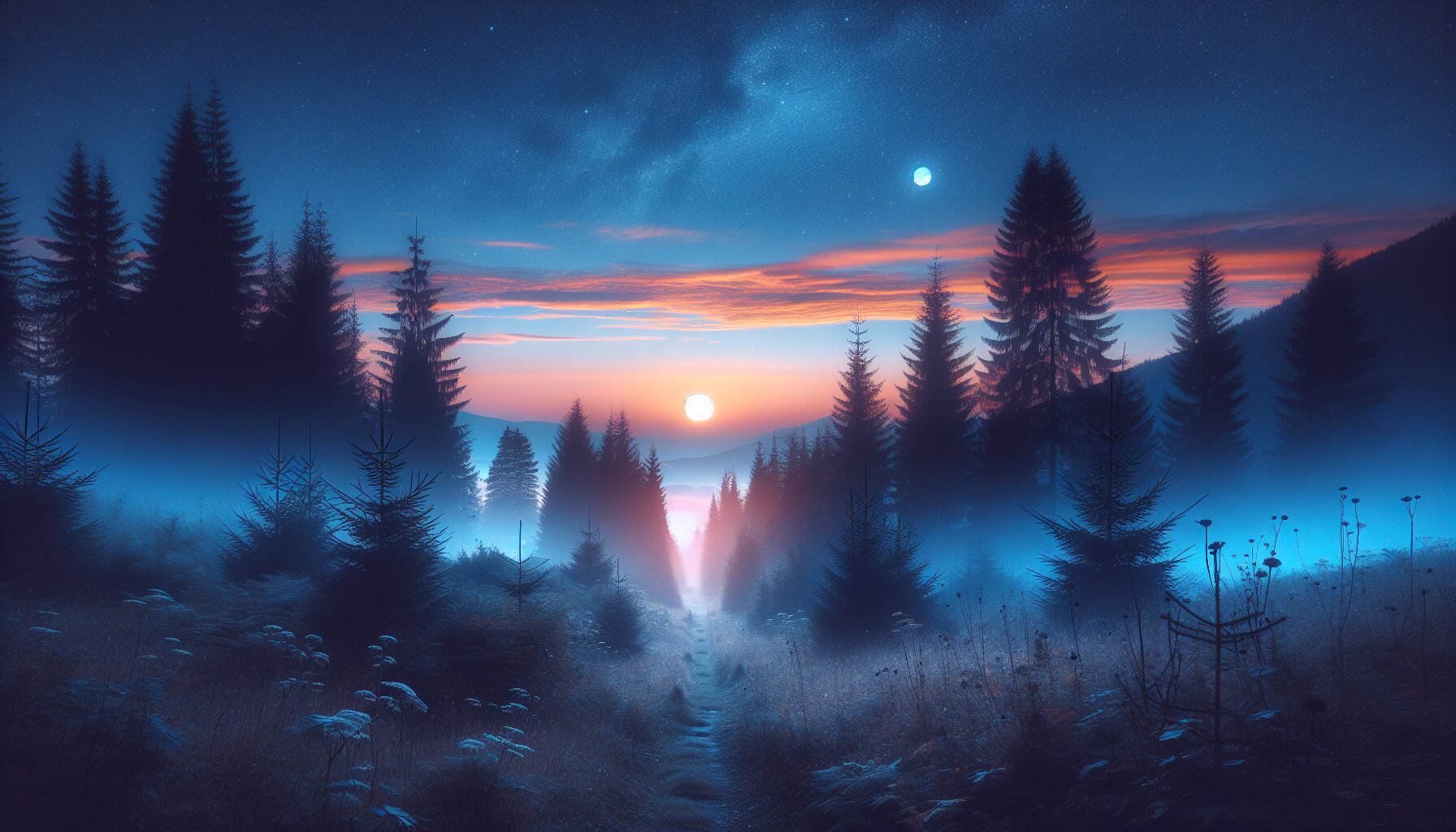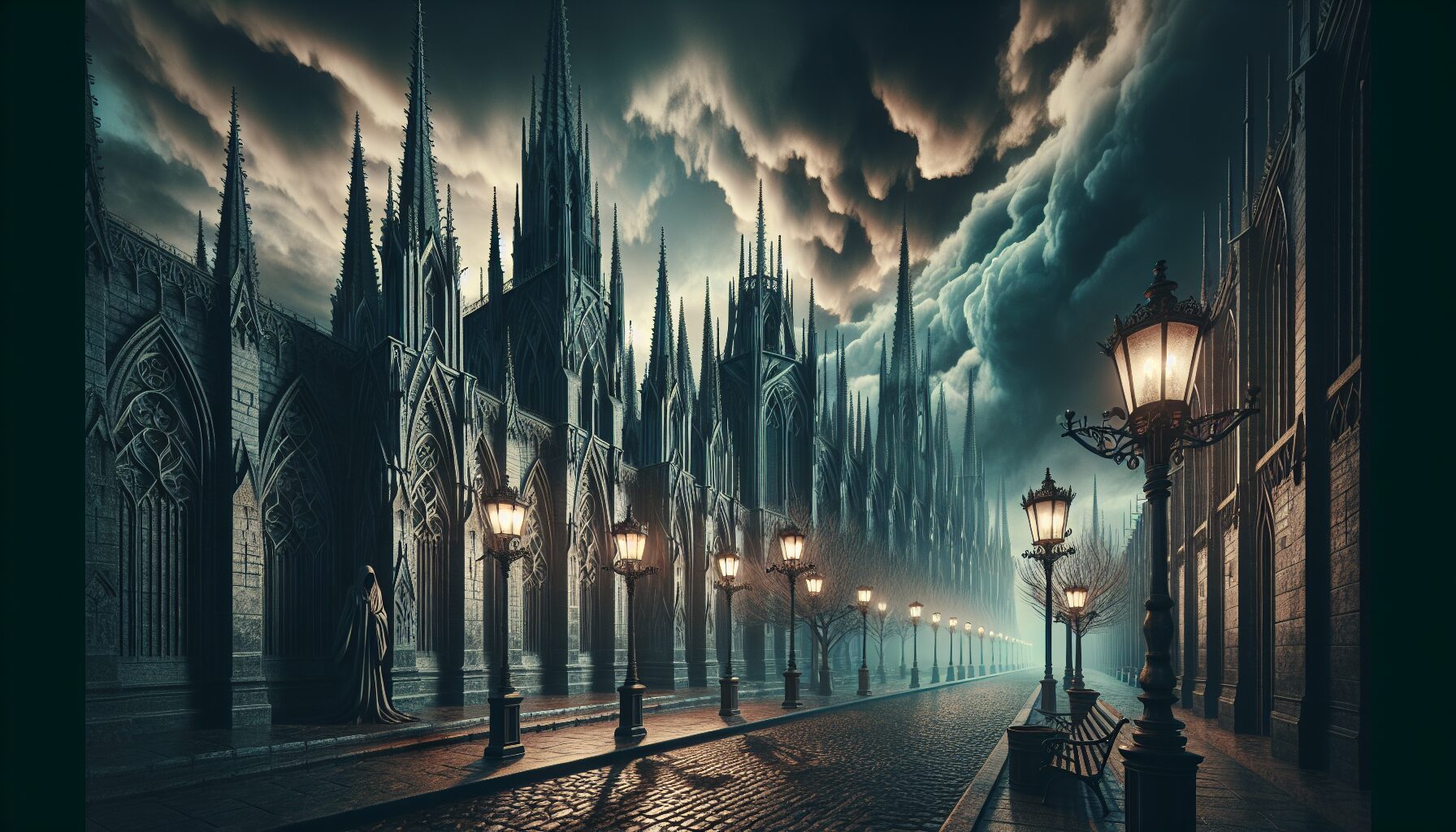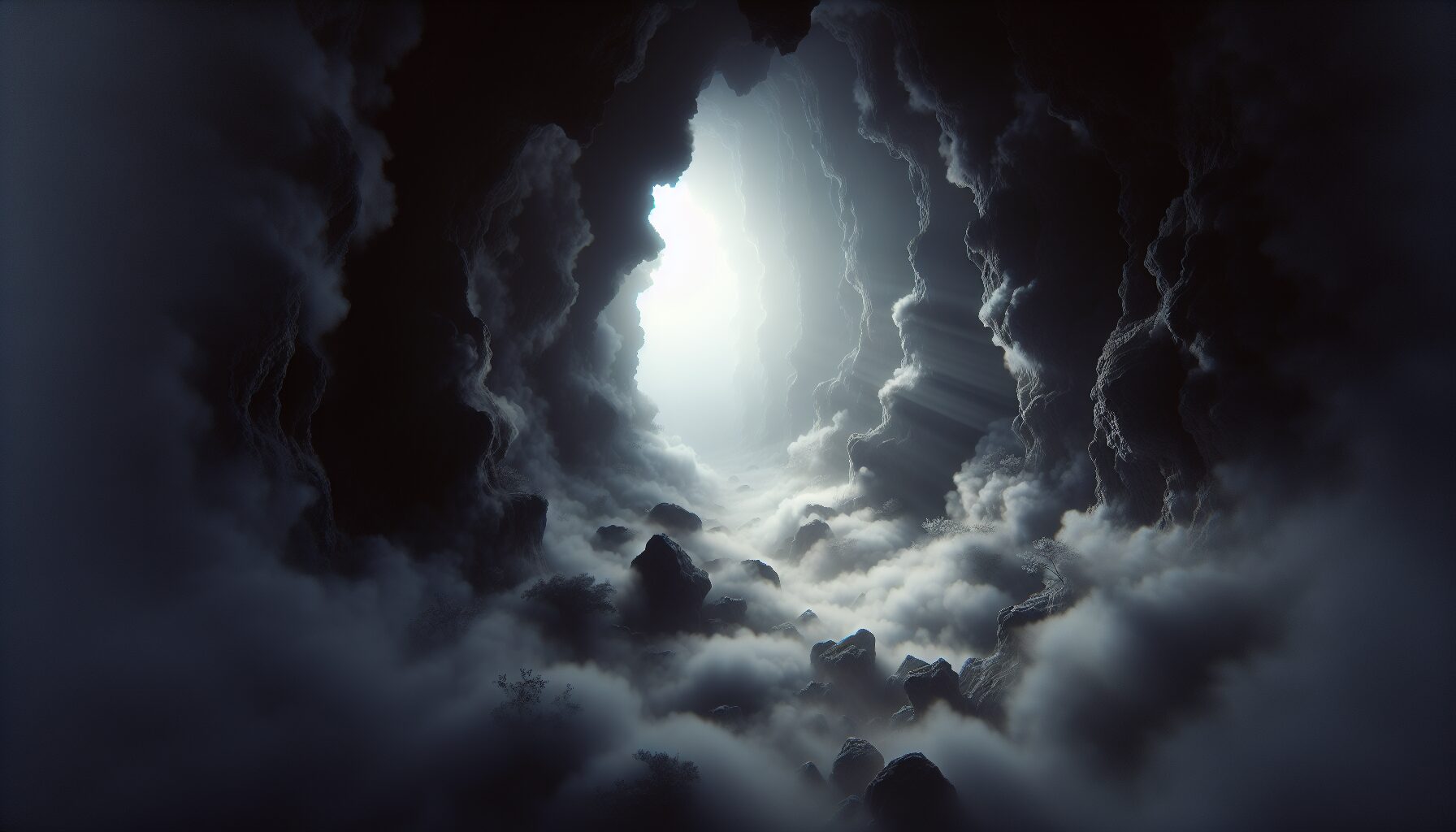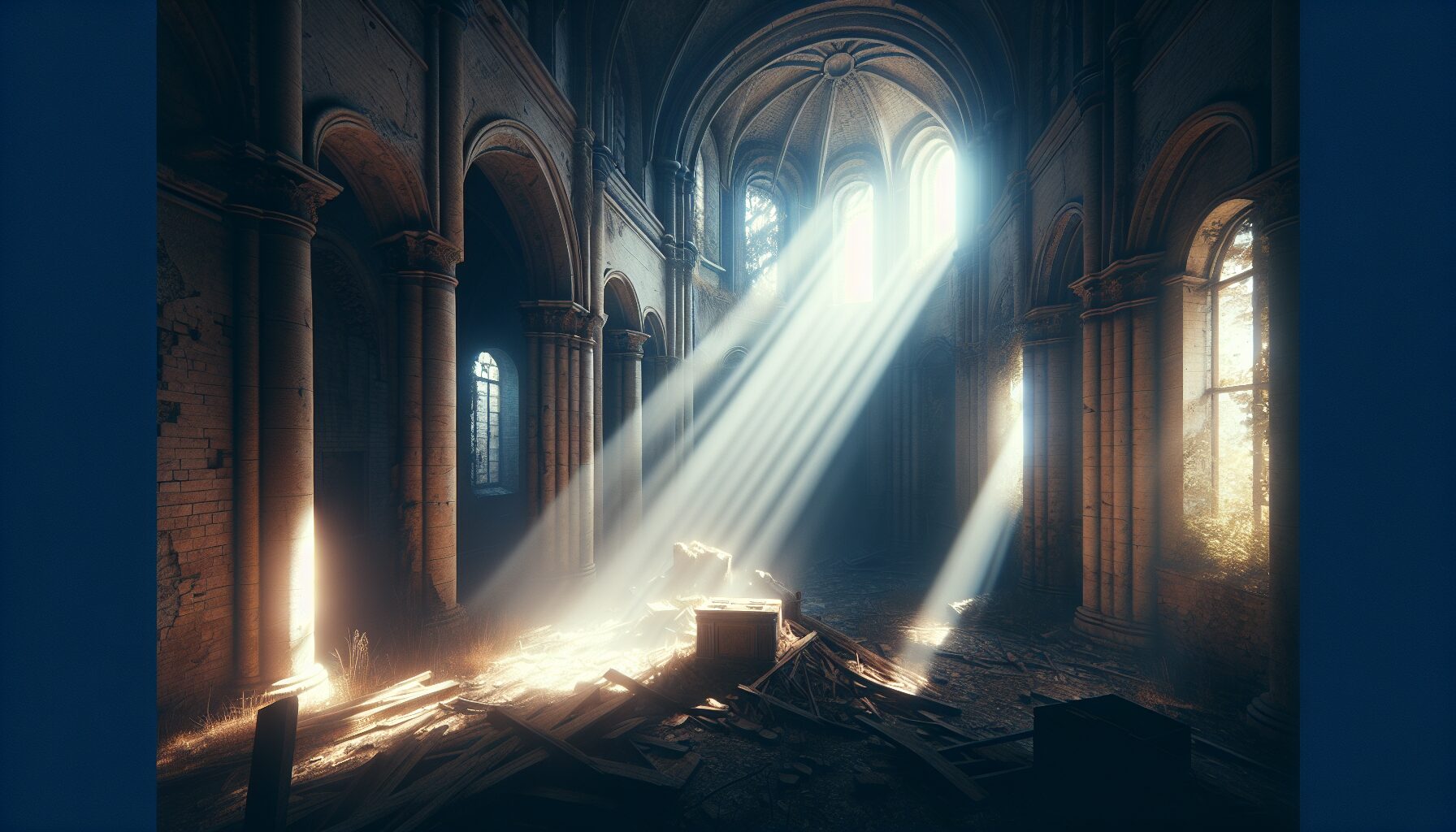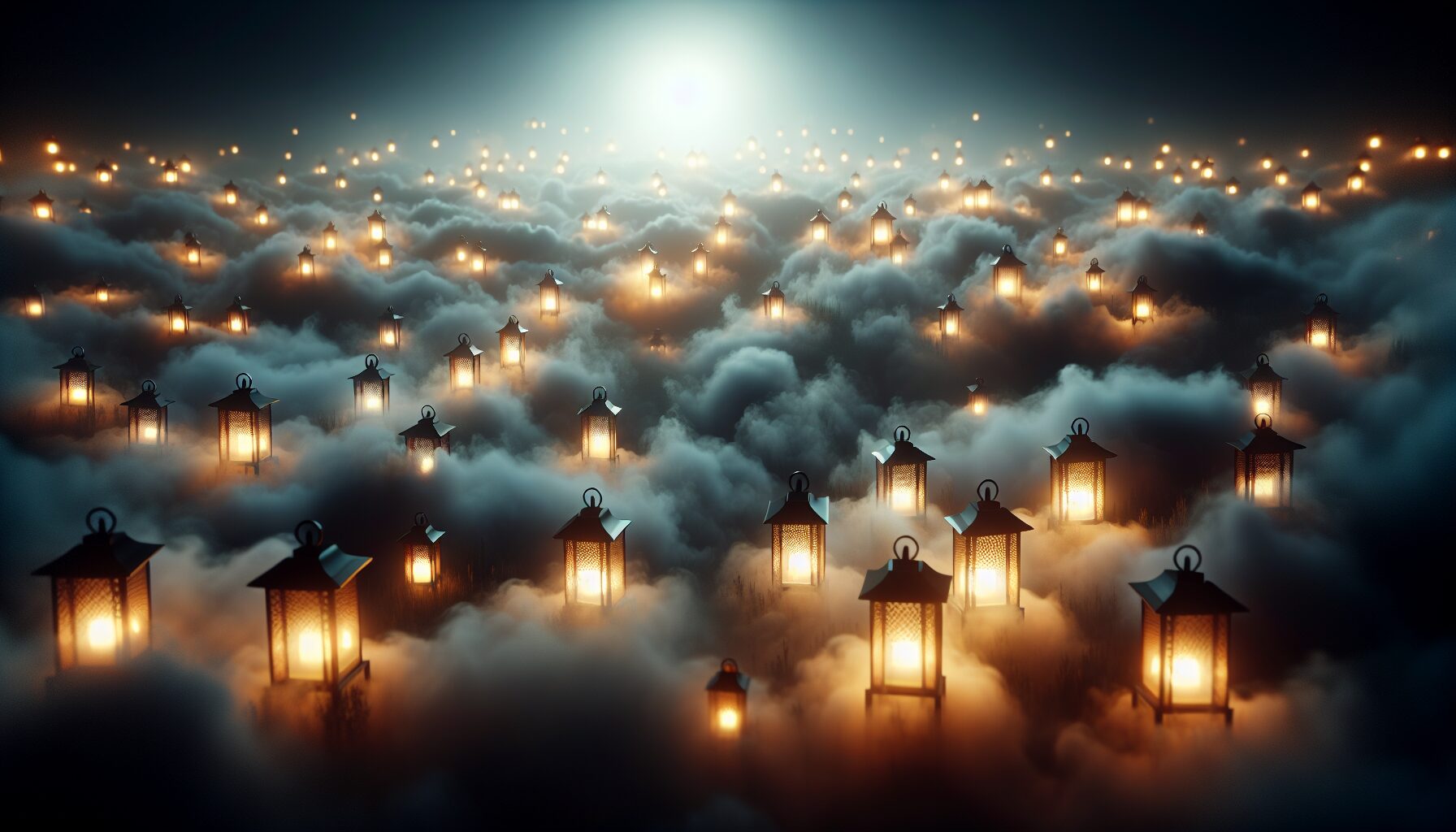Photography is an art form unlike any other, capturing fleeting moments and vivifying the silent stories of our lives. It has the power to evoke emotion, tell profound tales, and reveal unseen beauty. Among the multitude of subjects and themes in photography, few are as enchanting and otherworldly as the sight of lanterns illuminating a foggy landscape.
“Photography takes an instant out of time, altering life by holding it still.” — Dorothea Lange
This essay explores the unique charm of photographing lanterns in the mist, blending the transient beauty of nature with the warm, persistent glow of human creation.
The Mystique of Fog
Fog is an atmospheric phenomenon that mystifies landscapes, blurring edges, and softening the harsh realities that usually define our surroundings. It creates a natural canvass for photographers, one that is ever-changing and imbued with a sense of ethereal beauty. The ephemeral nature of fog inspires a race against time to capture its essence before it vanishes with the rising sun or shifting winds.
- Fog naturally combines light and shadow, introducing dramatic contrasts that can transform ordinary scenes into extraordinary vignettes.
- It acts as a veil, allowing subjects, such as lanterns, to emerge as focal points against a soft, blurred backdrop.
- The diffused light of the fog provides an even, gentle illumination which requires special exposure techniques.
In essence, photographing fog is akin to painting with light; a delicate dance of shutter speed, ISO, and aperture to capture a scene that speaks to both the present moment and an enduring mystery.
Lanterns: Beacons of Light
Lanterns hold a special place in the realm of photographic subjects. Symbolic in their own right, they represent enlightenment, guidance, and hope. When placed within a foggy environment, lanterns take on a mythic quality, their glow penetrating the opaque mist and casting a serene, almost spiritual ambiance.
Why Lanterns?
- Symbolism: Lanterns have been historically used as symbols of wisdom and enlightenment. In photography, they punctuate a foggy scene with cultural and emotional depth.
- Contrast: The stark contrast between the bright, contained light of a lantern against the soft blanket of fog draws the viewer’s attention inevitably towards the light source.
- Emotional resonance: The imagery invokes feelings of nostalgia and hope, offering viewers a beacon to guide them through the uncertain fog of their own lives.
Creating the Composition
Capturing the interplay between lanterns and fog requires a deft hand and an intuitive eye for composition. The photographer must navigate the delicate equilibrium between the seen and unseen, the immediate and the infinite.
“To me, photography is an art of observation. It’s about finding something interesting in an ordinary place.” — Elliott Erwitt
Steps to Craft the Perfect Shot
- Timing: The fog is dynamic, so timing is key. Early mornings or late evenings, when the air is cool, provide the best chances for mist formation.
- Location scouting: Choose locations with natural features like trees, water bodies, or paths which can add layers to your composition.
- Use of props: Incorporate traditional or ornate lanterns to deepen the cultural context of your photograph.
- Experimentation: Adjust camera settings and try different angles to capture the fog’s interaction with the lantern light.”
For an extended discussion on these techniques, visit Outdoor Photographer.
Case Studies: Photos that Speak
To illustrate the profound impact of such photography, consider these case studies of renowned artists who have perfected the art of fog and lanterns.
Annie Zhang’s “Silent Illumination”
Zhang, an award-winning photographer, created a series titled “Silent Illumination” where she portrayed the ancient town of Pingyao, with its history-laden paths illuminated by the gentle glow of lanterns through a heavy mist.
The photographs convey a sense of timelessness, as if peering through the veil of history itself, where every cobblestone whispers stories of the past.
Elliott James’s “Shadows and Light”
Elliott James, renowned for his black and white landscape prints, presents a stark, emotive contrast with his series “Shadows and Light”. The lack of color intensifies the visual drama of lanterns piercing through monochrome fog, urging viewers to confront both the light and the shadows within their psyches.
James’s work exemplifies how variations in lighting and contrast can communicate the depth of human experience beyond the visible spectrum.
Conclusion: The Enduring Power of Light
In the world of photography, lanterns and fog create a metaphor for the human condition itself. The fog represents uncertainty, doubt, and mystery—the unknown space each of us navigates in our journey. Lanterns, meanwhile, symbolize guidance, hope, and the intrinsic human spirit that perseveres through even the densest mists.
“Taking pictures is savoring life intensely, every hundredth of a second.” — Marc Riboud
As you embark on your own photographic explorations, consider the unique opportunity that photographing such mystical subjects provides. Let the interplay of fog and lanterns not just inspire your art, but also illuminate your path as you decode the visual poetry of this wondrous world.

